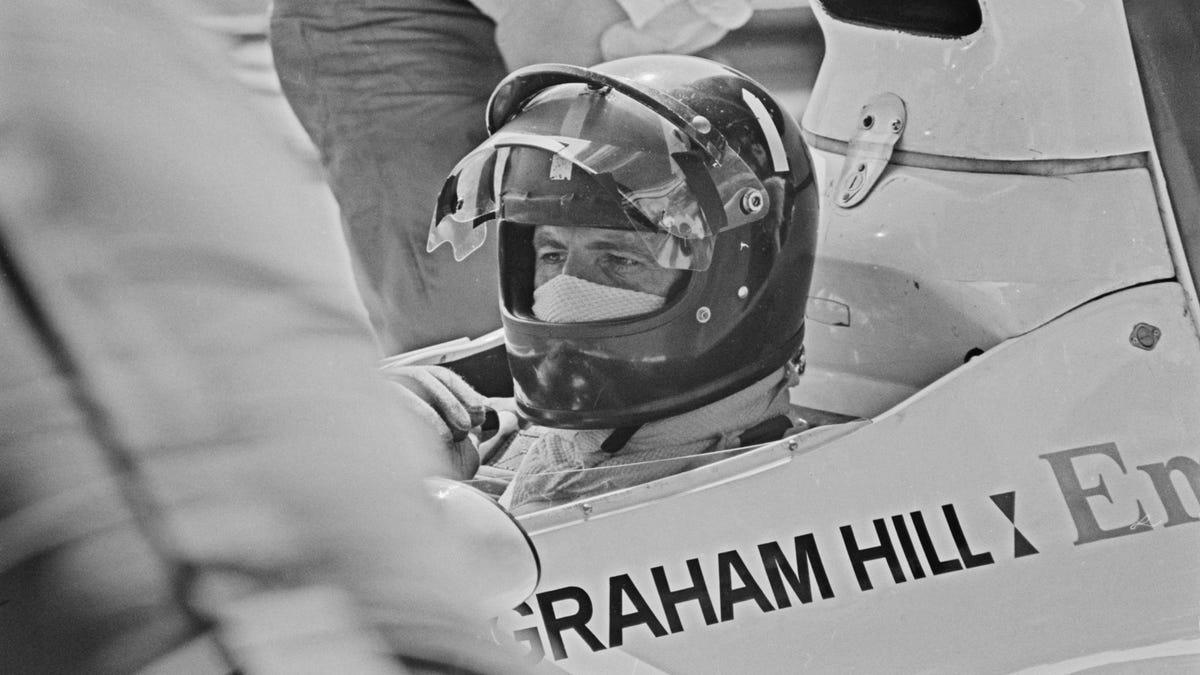People love claiming that they just don’t make them like they used to. Whether it’s muscle cars, snacks or Britpop bands, there’s always a loud crowd of people on hand to say that things were better back in their day. Now, to see just what made Formula 1 better back in the day, we’ve unearthed this lovely archive footage of a 1970s F1 car being built.
The build in question is being carried out by the newly-launched Embassy Racing team, which was a privateer effort from former world champion Graham Hill. For the 1973 season, the team developed the DN1 Shadow racer, which was to be driven by Hill, and its development was filled with well-spoken British people pointing out parts that needed fitting, designs that needed changing and tests that needed running.
The build of the DN1 Shadow is documented in this lovely BBC film, which starts with the car’s chassis being wheeled into a workshop in Woking, UK. The chassis for the DN1 basically comprises a massive fuel tank with a gap in the middle for the driver to sit in. Safety? What safety?
To turn this sketchy looking creation into a race car, the team starts by fitting the engine at the rear and the steering controls up front. While this is happening, Hill outlines his budget for the team, which he says is around £90,000 (about $2 million today), and he sets off for a meeting at Ford to try and secure support for the car and its Cosworth engines.
The engineers then assemble in the pub for an update on progress, before Hill hops in the car for a seat fit – which actually looks remarkably similar to the kind of seat fit Carlos Sainz will have at Williams when he joins the team next year. Once the seating position is set, the pedals can be adjusted and the wheel set up to make the car fit round Hill when he’s ready to race.
Bodywork is fitted to the car and there’s a chance for Hill to try on his new race suit, which the vintage report estimates will give him around 35 to 40 seconds to escape from a burning car, should the worst happen. These days, fire suits worn by F1 racers have strict temperature parameters that they must endure, meaning they should be able to withstand a 1,400 degree fire for 12 seconds.
Construction of the car finished in April 1973 and Hill entered his first race with Embassy in Spain later that month. However, the DN1 didn’t quite live up to Hill’s record and over the 1973 season he competed in 12 races, retired from five of them and managed a best result of ninth in Belgium. A far cry from his championship winning ways at Lotus in the 1960s.


